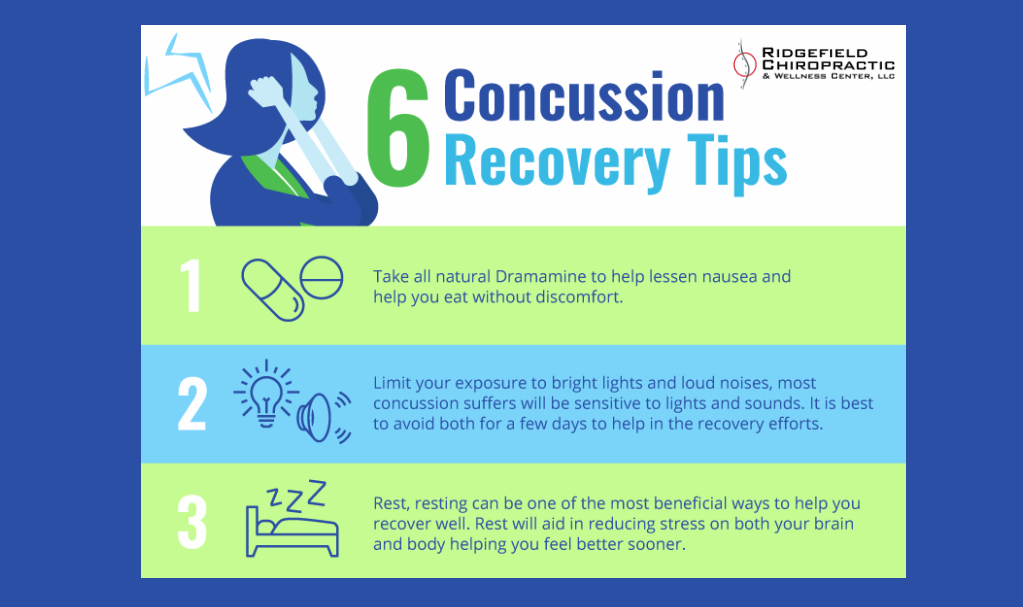6 Concussion Recovery Tips

Concussions are not enjoyable and can cause issues long after they are gone, it is very important that after a concussion a proper recovery is followed. A proper recovery can take time and seem frustrating, the only way to lessen the effects and long lasting repercussions is having a proper recovery, there are some great […]
The Risks of Not Receiving Treatment for Whiplash

Maybe you got into a fender bender after work. Perhaps you took a nasty spill off your bike. Maybe you slipped and fell on the ice outside the house. Whatever the case may be, your neck aches and you know something is wrong. Could it be whiplash? Whiplash, or neck strain caused by any blow […]
